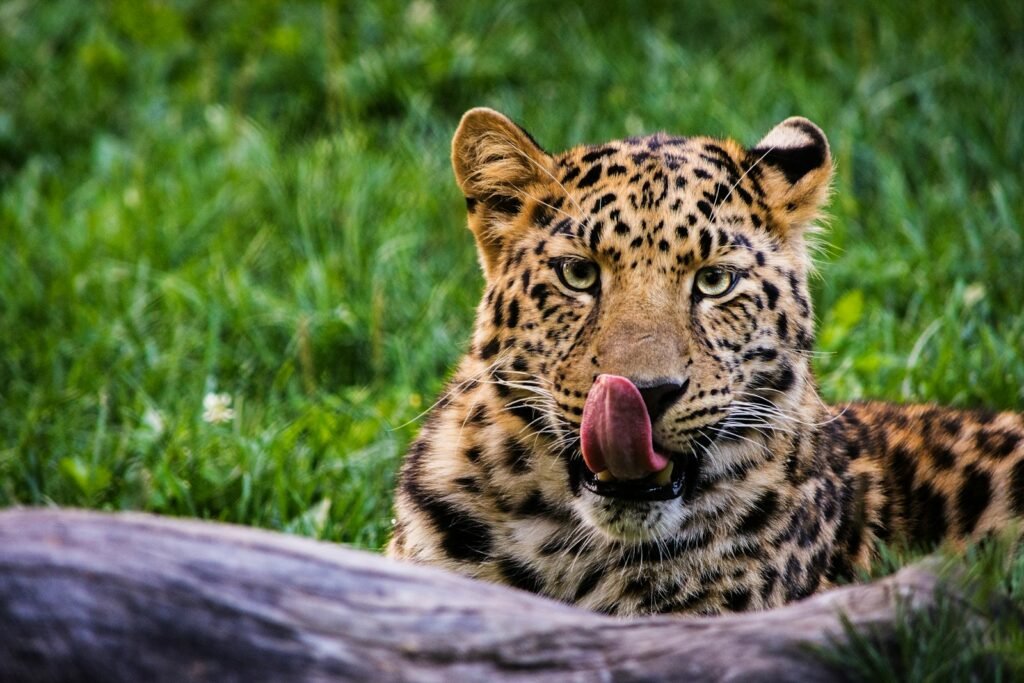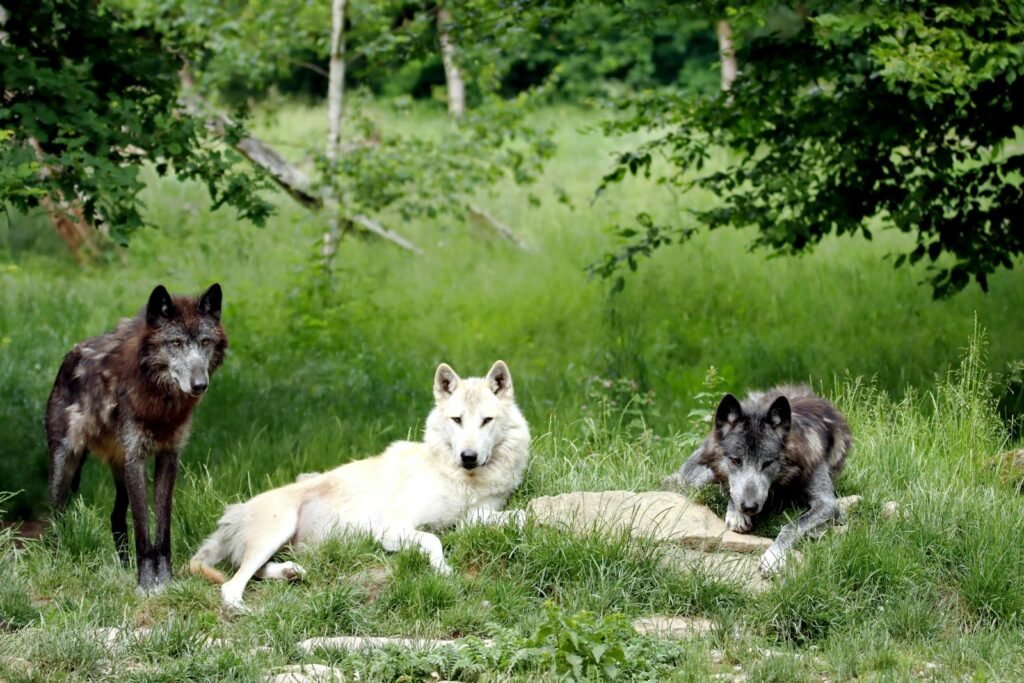Imagine standing just inches away from a majestic tiger, feeling its presence through the glass, or watching a playful panda tumble about with infectious joy. Zoos have a magical way of connecting us to the wild, sparking awe, curiosity, and a deep sense of responsibility for the creatures we share our planet with. Around the globe, millions flock to these extraordinary places every year—not just for entertainment, but to witness conservation in action, experience breathtaking encounters, and leave with memories that linger long after the gates close. Here’s a journey through the world’s most visited zoos and the powerful reasons people fall in love with them.
San Diego Zoo: A Paradise of Biodiversity
The San Diego Zoo, nestled in California’s sun-drenched Balboa Park, is renowned as a pioneer in animal care and conservation. With over 3,500 animals representing more than 650 species, its sprawling habitats mimic the wild, allowing visitors to feel like explorers in far-off jungles and savannas. People are especially drawn to the zoo’s innovative enclosures, such as the lush Panda Canyon and the breathtaking Elephant Odyssey, where animals roam in environments designed to suit their natural behaviors. The zoo’s commitment to endangered species rescue is legendary; it played a vital role in saving the California condor from extinction. Guests young and old are mesmerized by the live animal presentations, behind-the-scenes tours, and the Skyfari aerial tram that offers a bird’s-eye view of the zoo’s wonders. For many, a visit here is both an adventure and a lesson in why wildlife matters.
Smithsonian National Zoological Park: Conservation in the Heart of the Nation
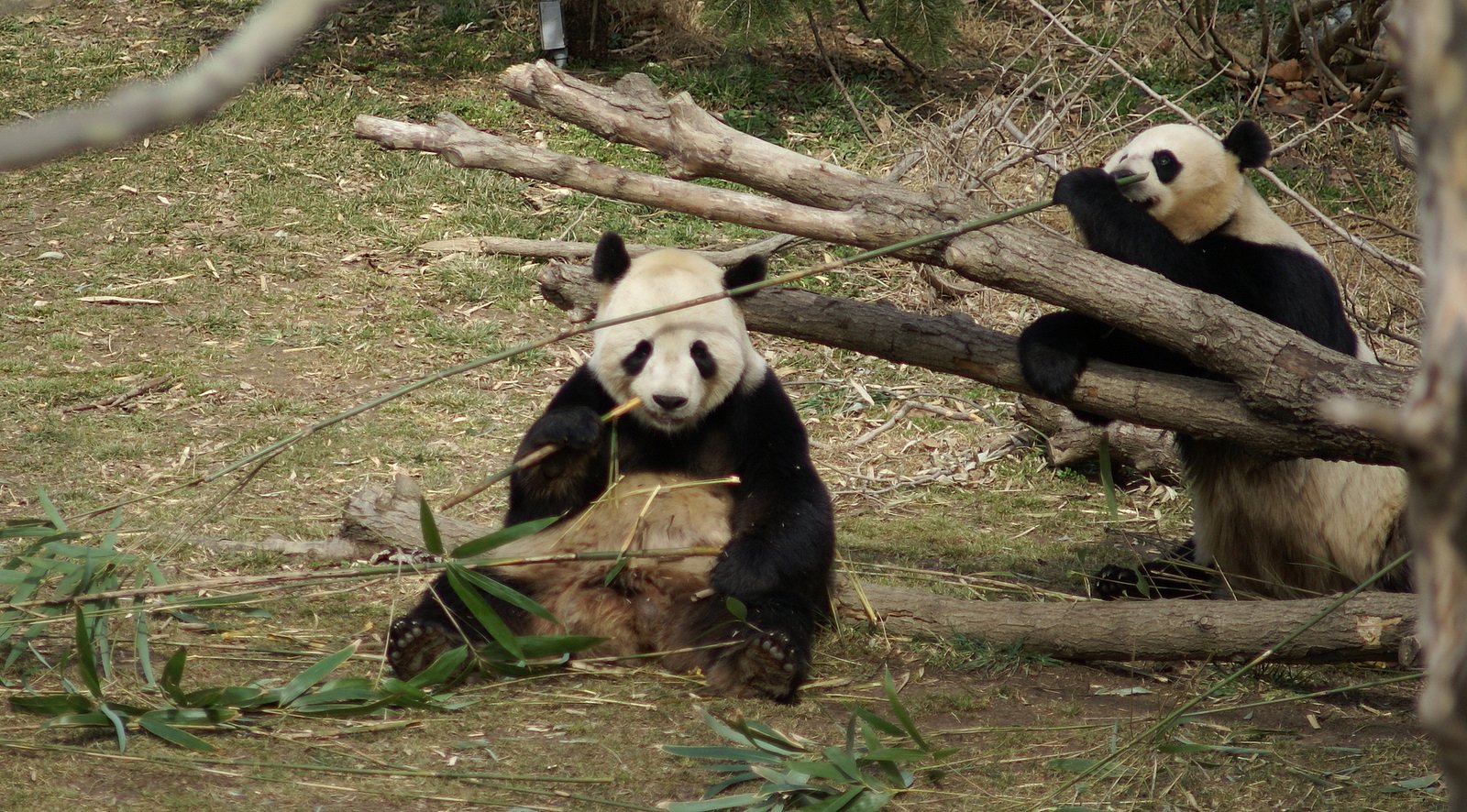
In the bustling heart of Washington, D.C., the Smithsonian National Zoo stands as a beacon of conservation and education. Its most famous residents, the giant pandas, have captured the imagination of millions, making the zoo a must-visit destination. The National Zoo is unique in that admission is free, opening its gates to people from every walk of life. Visitors are captivated not only by the animals but also by the stories behind them—such as the zoo’s ground-breaking work in breeding endangered species and studying animal behavior. The Great Ape House and Elephant Trails are perennial favorites, offering up-close views and interactive exhibits that spark curiosity. For families, the Kids’ Farm gives children their first hands-on taste of animal care and farm life. The zoo’s engaging educational programs and scientific research showcase how zoos can make a global difference, inspiring visitors to become wildlife advocates.
Beijing Zoo: Home of the Giant Panda
Beijing Zoo draws in crowds from across the world, largely thanks to its iconic population of giant pandas. Located in the heart of China’s capital, it’s one of the oldest zoos in the country, boasting a rich history and stunning classical Chinese garden landscaping. Visitors are enchanted by the panda house, where they can watch these gentle giants munch on bamboo or play with their young—a scene that never fails to bring smiles and laughter. Beyond pandas, the zoo is home to over 14,000 animals, including rare Chinese species like the South China tiger and golden snub-nosed monkey. The beautifully designed habitats and tranquil lakes provide a peaceful retreat from the city’s hustle, allowing guests to connect deeply with nature. For many, seeing the national treasures of China up close is a bucket-list experience that leaves a lasting impression.
London Zoo: A Historic Adventure in the City
Set within the leafy embrace of Regent’s Park, London Zoo blends Victorian charm with cutting-edge science. As the world’s oldest scientific zoo, it has been delighting visitors since 1828. London Zoo’s most beloved attractions, such as the Land of the Lions and Tiger Territory, immerse guests in environments where every detail echoes the wild. The zoo’s In with the Lemurs walk-through exhibit lets people stroll among curious primates, sparking wonder at the diversity of life. Conservation is woven throughout the experience, with interactive displays showing how zoo scientists protect endangered animals both locally and abroad. London Zoo’s educational programs, animal talks, and themed events make it a favorite for families and school groups. There’s something magical about seeing the world’s rarest creatures just steps from city streets—a reminder that wild wonders are never far from reach.
Singapore Zoo: The Open Concept Wonder
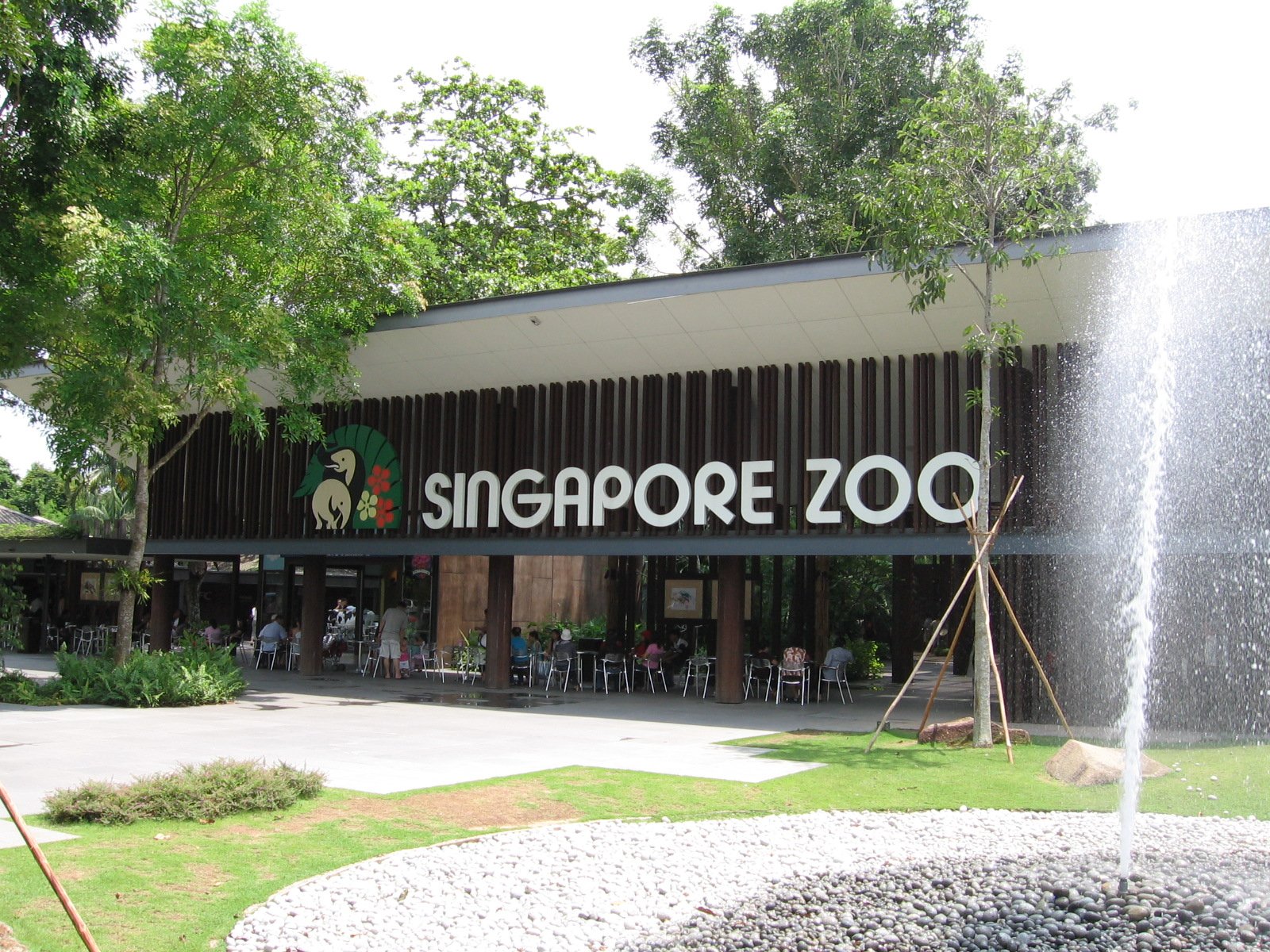
Singapore Zoo is celebrated for its revolutionary “open concept,” where invisible barriers and lush landscaping blur the lines between humans and wildlife. Nestled on the edge of a rainforest, the zoo’s 26-hectare expanse is home to more than 2,800 animals representing over 300 species. Visitors marvel at the orangutans swinging overhead, or the white tigers lounging in their sun-dappled habitat. The Rainforest Kidzworld, animal feeding sessions, and famous Jungle Breakfast with Wildlife offer immersive, unforgettable experiences for all ages. Guests are inspired by the zoo’s dedication to rescuing and rehabilitating native wildlife, as well as its leadership in regional conservation projects. The naturalistic enclosures, engaging shows, and caring staff make a visit to Singapore Zoo feel like stepping into another world—one where the magic of nature is alive and thriving.
Toronto Zoo: A Tapestry of Global Habitats
Stretching across 710 acres, the Toronto Zoo is Canada’s largest and one of the world’s most diverse. What sets it apart is its geographic layout, with animals organized by continent to spotlight the incredible variety of life on Earth. Guests can journey from the African Savanna, where giraffes and rhinos roam, to the Tundra Trek, featuring polar bears and Arctic wolves. The award-winning Giant Panda Experience drew record crowds during its run, and the Great Barrier Reef exhibit continues to fascinate marine enthusiasts. Educational programs, summer camps, and behind-the-scenes tours give visitors a deeper understanding of conservation science. The zoo’s active participation in global breeding and species survival plans inspires hope and action for wildlife lovers. For many, a day at Toronto Zoo is a vivid reminder of how interconnected our world truly is.
Berlin Zoological Garden: Europe’s Wildlife Treasure
Berlin Zoological Garden is not just Germany’s oldest zoo—it’s a living encyclopedia of animal life. Located in the heart of the city, it houses the most comprehensive collection of species of any zoo worldwide, with over 20,000 animals. Its historic architecture and lush gardens make it a beloved urban oasis. The zoo’s panda pair, Meng Meng and Jiao Qing, are star attractions, drawing visitors from all over Europe. The Aquarium Berlin, part of the complex, features dazzling displays of marine and reptile life, captivating both young and old. Guests are often surprised by the up-close encounters offered at the petting zoo and the chance to watch animal feedings and training sessions. Berlin Zoo’s role in species conservation, education, and research is woven throughout every exhibit, making each visit meaningful and thought-provoking.
Vienna Zoo (Tiergarten Schönbrunn): Where History and Conservation Meet
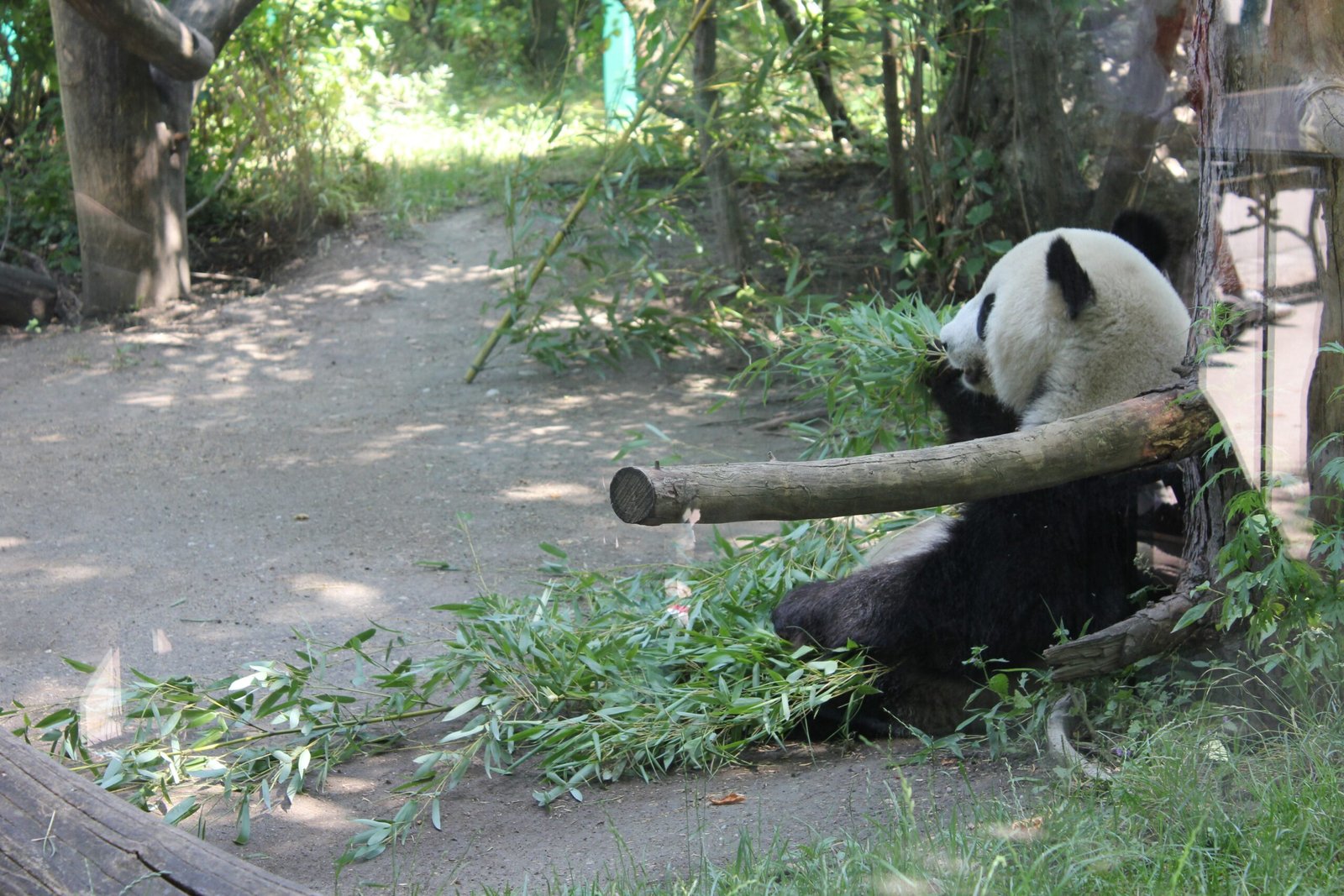
Vienna Zoo, also known as Tiergarten Schönbrunn, stands as the world’s oldest continuously operating zoo, founded in 1752. Nestled within the elegant grounds of Schönbrunn Palace, the zoo combines imperial history with cutting-edge animal care. Visitors are charmed by its Baroque architecture and the enchanting mix of historic and modern enclosures. The zoo’s rare giant pandas, Asian elephants, and Siberian tigers are crowd favorites, as are the impressive rainforest house and polar dome. Vienna Zoo’s commitment to sustainability and endangered species breeding programs has earned it international acclaim. Special events, animal talks, and interactive exhibits invite guests to become science detectives, uncovering the hidden wonders of the animal kingdom. For many, the zoo is a place where the past and future of wildlife protection come together in one unforgettable experience.
Why Zoos Still Matter in a Changing World
Zoos are much more than attractions; they’re vital lifelines for endangered species and living classrooms for all ages. By offering a rare chance to see animals up close, these institutions inspire empathy, curiosity, and a passion for conservation. Modern zoos invest heavily in animal welfare, scientific research, and habitat restoration, often leading efforts to save species that might otherwise disappear forever. They serve as a bridge between urban life and the natural world, reminding visitors of the beauty, complexity, and fragility of ecosystems worldwide. For countless families, a visit to the zoo is a cherished tradition—a way to bond, learn, and dream together. As you reflect on these extraordinary places, consider the role you play in protecting the planet’s wild wonders. Would you have guessed which zoo draws the most visitors—or why people keep coming back, year after year?

